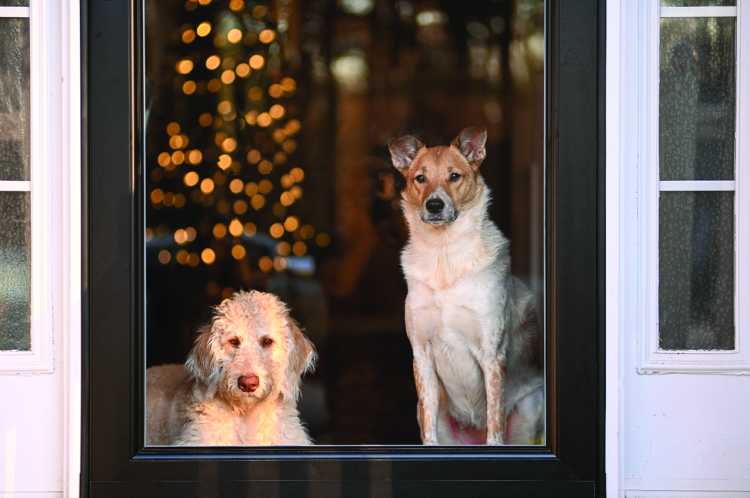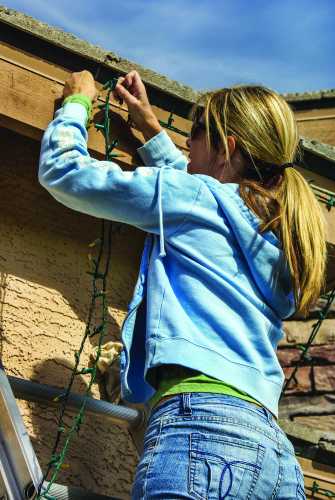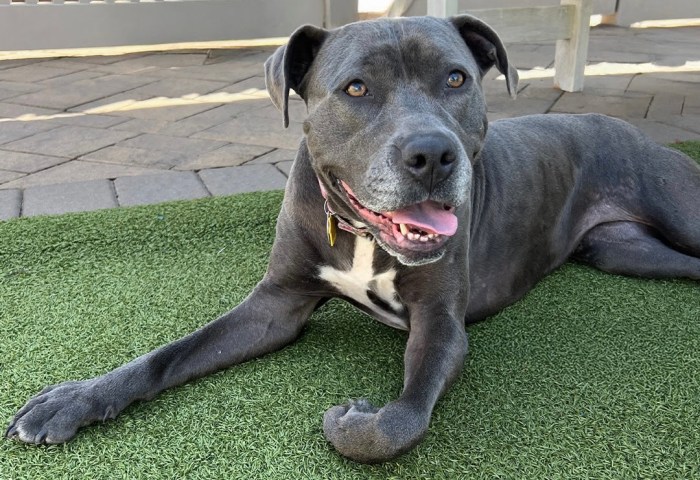Vibrant, green lawns can draw attention to any landscape. Many homeowners toil for hours each week to ensure their lawns are pristine, or invest in lawn care services to help maintain a yard if they do not have the time to do so themselves.
While many treatments can be applied to lawns to help them thrive, animal waste is not among them. Pet owners who aspire to have beautiful lawns will have to take a few extra steps to ensure lawns can persevere despite the presence of furry companions.
Reseed with a Damage-Resistant Grass: There are many different types of grass, and some are more resilient than others. Tall fescue, Kentucky bluegrass, perennial ryegrass, and Bermuda grass are just some of the grass varieties that can capably handle pet traffic. If replacing the entire lawn is not possible, consider reseeding or addressing the areas that pets frequent.
Strengthen the Root System: It may be tempting to cut the lawn short, particularly if dogs or cats like to nibble on longer blades of grass. But that approach could be doing the lawn a disservice. According to The Home Depot, letting the lawn grow to at least three inches will help keep moisture in the soil and prevent evaporation. That moisture will strengthen the roots, creating a healthier lawn for pets and people.
Create Pet Paths: Various materials can be used in these high-traffic areas to minimize the sights and signs of pet traffic. Mulch or crushed stone can establish these pet highways and look like intended features.
Set Boundaries: Pet urine contains high levels of nitrogen, which can burn grass and turn it brown. It’s not possible to water down urine or pick up solid waste immediately every time a pet goes outdoors, so designate a pet-friendly spot for potty time. Use fencing or a dog run to separate this area and help mitigate “land mines” all over the lawn. Fencing also can keep pets out of vegetable gardens and away from potentially toxic plants.
Avoid Chemical Lawn Treatments: When pets use the yard and rest on the lawn, you’ll need to eliminate products that can be harmful to them. Choose all-natural fertilizers and weed and pest preventatives.
Look for Alternatives: If maintaining a lawn with pets seems like an uphill battle, consider swapping out your landscape with a variety of materials. Scale back on grass, and incorporate groundcover, hardscape materials like pea gravel, or extend the patio. Artificial turf also is an option, as it won’t brown and wither. Some turf products can even be quickly and thoroughly cleaned with water.
It can take some trial and error for pet parents to protect their lawns from the effects of having furry friends playing in the yard.
-Metro Creative Connection




















